Has Your Child Had an Eye Test?
1 in 5 children have an undetected eye condition and it doesn’t help that most children may assume their vision is just like everyone else’s! An eye test is vital to a child’s development in so many ways including their physical, cognitive, educational and social growth.
So when should I test my child’s eyes?
We recommend adding an eye test to the checklist before starting kindergarten.
The preschool Vision Screening program (otherwise known as StEPS) that your child may or may not have received is great for identifying significant visual issues but will most likely miss anything minor, thus regardless of the results a comprehensive eye test with an optometrist is very important.
What can I expect?
An eye examination is approximately 30-45 minutes and will be catered to your child’s age, attention and concerns. Most children may not know their alphabet but that’s okay! We will be able to use shapes and pictures and other objective measures to obtain the results we need.
The examination will include the testing of:
Visual acuity (i.e how well your child can see)
Refraction (i.e. their prescription)
Motility (i.e. how well the child’s eyes move together and track)
Binocular vision (i.e. how well the two eyes work together to focus and maintain single vision comfortably)
Colour Vision
Depth perception
Ocular health of the front and back of the eye
Occasionally, we may need to put drops into your child’s eyes to stop the focussing ability and dilate the pupils for a few hours. This will allow us to minimise the variability of the results and obtain the most accurate prescription, especially in younger children or complicated prescriptions. The drops take approximately one hour to take effect, but this option will be discussed by your optometrist during the consultation if it is necessary.
What might we find?
Short-sightedness (or Myopia)
This is when objects further away are blurry but close up is clear. It can be corrected by glasses or if there is significant progression, specific myopia managing spectacle lenses or contact lenses will need to be prescribed.
Long-sightedness (or Hyperopia)
This is when objects far away are clear yet there may be difficulty, blur and/or fatigue when focussing on things up close. It is normal for children to be born long-sighted, but sometimes glasses are needed to balance the vision to give comfort and clarity.
Astigmatism
Astigmatism is a very common eye condition and causes distortions in vision. It is due to the lens or cornea not being perfectly spherical in shape - more like a shape of an egg which could cause difficulty for distance and near vision. Luckily, it can be easily corrected in glasses.
Amblyopia
An amblyopic (or lazy eye) is when it is weaker than the other due to the eye and brain not working together. It is very important to pick this up early and it is usually corrected by a balanced prescription in glasses and/or patching the good eye for a few hours of the day.
Are there things I can look out for?
There can be many things to look out for:
Straining or squinting when doing concentrated work
Persistent eye rubbing
Turning the head to the side
Closing one eye
Headaches or sore eyes
Sitting too close to the TV or holding reading material too close
Avoiding reading or any concentrated work
Visit or call us at CORE OPTIQUE today to receive a comprehensive eye examination for your child. We will also be able to connect or refer you to other health care practitioners and specialists when necessary.
